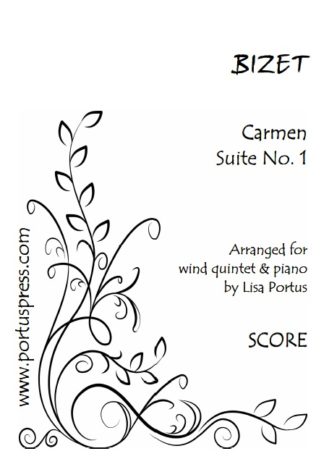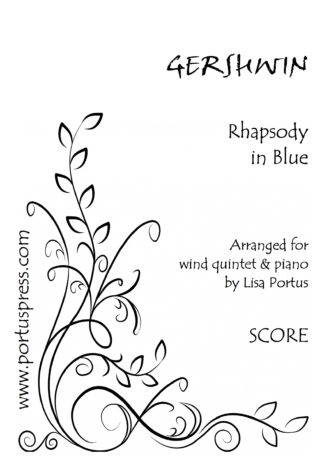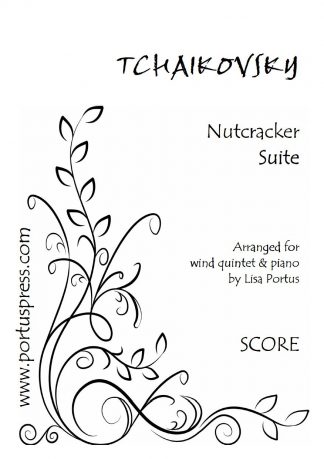Description
Following on from the success of The Sleeping Beauty, Tchaikovsky was commissioned to write a third ballet to be based on E.T.A. Hoffmann’s story, The Nutcracker and the Mouse King. He worked on the The Nutcracker throughout 1891 despite commitments to conducting tours in Europe and America, personal grief at his sister’s death and his continuing dislike of both the storyline and the musical restrictions imposed upon him by the ballet’s choreographer.
Tchaikovsky wanted to be the first to showcase the celeste – a newly-invented instrument which he used in the ballet to portray the Sugar Plum Fairy. Worried that others might beat him to it he decided to create the Nutcracker Suite, an orchestral concert suite comprising a selection of eight of the ballet’s numbers. The suite was premièred in 1892, ten months before the ballet’s first performance. Tchaikovsky was never especially proud of The Nutcracker, feeling it was “infinitely poorer than The Sleeping Beauty”, however, although it was to be many decades until the complete ballet achieved worldwide popularity the suite was an instant ‘hit’.
The suite’s movements are most commonly given their French titles, which translate as: I – Miniature Overture, II – Characteristic Dances (March, Dance of the Sugar Plum Fairy, Russian Dance, Arabian Dance, Chinese Dance, Dance of the Reed-Flutes;), and III. Waltz of the Flowers.
A sparkling, fun and substantial work with individual numbers ideally suited to ‘dip into’ – perhaps for encores?
Also, courtesy of Tim Kadlec (flautist with the National opera in Brno, Czech Republic) and his colleagues in the ‘Moravian Woodwind Quintet z.s.’, here’s a delightful performance of the Russian Dance (Trepak):
… and here several movements are included in this delightful ballet performance:






